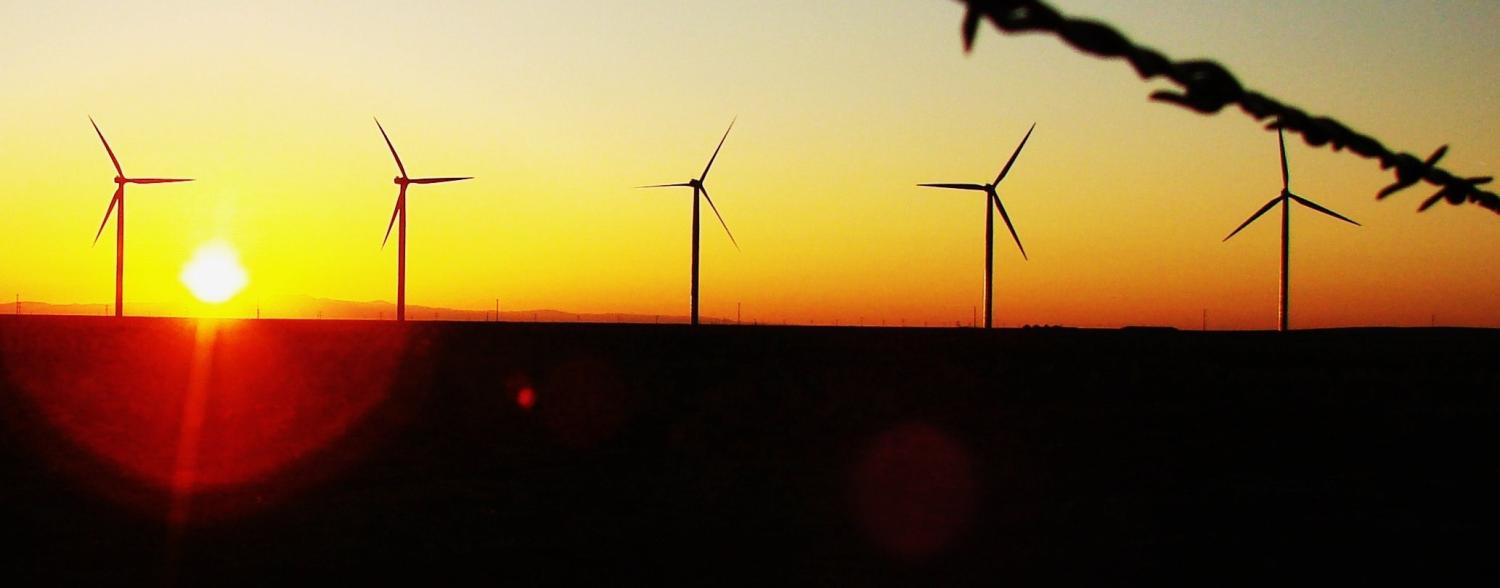South Australia (SA) has become a global case study for what can go wrong when energy policy fails to keep pace with changes in technology and commodity markets.
Following the closure of the Northern coal-fired power plant in May 2016, SA has experienced a set of blackouts. The most significant occurred last September, when extreme weather crippled 23 transmission pylons, resulting in a whole system failure. Other smaller load-shedding events occurred in December, when storms again hit, and in February during a major heatwave.
The State leads Australia in onshore wind deployment and one in four households already has rooftop PV. At the same time an oversupply of energy in the market has reduced the run-hours and profitability of local coal and gas plants, forcing 800MW to close since 2014. As a result, South Australia now gets more than 42% of its electricity from wind and solar.
Different grids can accommodate different amounts of intermittent renewable energy before getting into trouble. Germany currently has a wind and solar penetration of around 19%. Boris Schultz, the CEO of 50 Hertz, which operates the transmission system in the North East, has suggested it could reach as much as 70% before storage is needed. However, Germany has the advantage of being well connected to nearby grids in Poland, France, Denmark, Netherlands, Switzerland, Austria and the Czech Republic. SA, on the other hand, is only connected to the neighbouring state of Victoria and regularly imports electricity to meet demand. To reduce the risk of outages, SA needs to do more to manage its renewable fleet. Batteries can help.
By the end of 2016 around 1.3GW of lithium-ion batteries had been deployed worldwide for energy storage. The list of applications is long: businesses are using batteries to avoid peak demand charges; transmissions and distribution grid operators to defer new investment in poles and wires; and households are adding batteries alongside PV systems to improve the economics of self-consumption. However, as wind and solar deployment continues, we are going to see an increasing amount of battery storage deployed to secure supply and balance the grid.
California and Hawaii offer examples
The US state of Hawaii, for instance, is building batteries to run alongside wind and solar plants to help renewables contribute at times of peak demand. In January, the Hawaii Kaua’i Island Cooperative (KIUC) utility signed a deal with AES Distributed Energy to build a solar-plus-storage peaker plant, combining 28MW of PV with 20MW battery with five-hour duration (100MWh), for just 11 US cents per kWh. By our estimate, that’s already cheaper than some new coal fired power in Australia, and both PV and battery costs are still falling fast.
On mainland US, California was forced to face up to an energy crisis in October 2015 when a leak discovered at Southern California Gas's Aliso Canyon storage facility forced a shut-down of 80% of its injection capacity and put electricity supply at risk for millions of customer. In response, Southern California Edison and San Diego Gas & Electric fast-tracked existing battery projects, which were constructed in 107 days up to 31 December 2016.
Earlier this month, in response to a challenge made on Twitter, Tesla Motors CEO Elon Musk promised to get a battery system installed in SA in less than 100 days 'from contract signature or it's free'.
Musk's star power saw that one tweet ignite a national debate and further fuel international interest about energy storage. Phone calls followed between Musk and South Australian Premier Jay Weatherill, and Australian Prime Minister Malcolm Turnbull and the excitement spread all the way to Ukraine where Prime Minister Volodymyr Groysman tweeted that he too wanted to talk to Musk.
South Australia subsequently released its energy plan, which includes an intention to build the largest grid-connected battery in Australia.
Not to be outmaneuvered, Prime Minister Malcolm Turnbull announced a storage project of his own on 16 March: a giant 2GW pumped hydro facility in the existing Snowy Mountains hydro generation complex. The project has a 5-7 year lead time but promises 175 hours of storage at an estimated cost of A$2 billion.
Musk's promise was a timely intervention amid dual crises affecting Australia’s electricity and gas markets. After 10 years of political bickering over carbon pricing and climate change the cost of wind, solar and battery technology has plummeted and Australia has become a major exporter of LNG.
Does a big battery make sense for SA?
Recent analysis by my colleagues at Bloomberg New Energy Finance in Sydney suggests that a 100MW-400MWh battery system like the one offered by Musk might be profitable in SA because it can draw good revenues from intraday price spreads which has have risen almost four-fold to $586/MWH since 2014, and from the ancillary services market, the value of which has risen almost 11-fold from $4.2million in 2013 to A$49.3 million in 2016. Assuming an all-in project cost of $422/kWh, a merchant system in South Australia could make a pre-tax interal rate of return of 29%.
This seems like a no-brainer, but future revenues are far from certain and may well be much lower, either due to a rush of similar battery projects, a new interconnector like the one currently proposed by Transgrid, or new-build gas generators commissioned via the state government's new energy plan.
Assuming the politics and financing lines up, a 100MW battery will certainly help alleviate local shortfalls and add fast response capability that would reduce the risk of future black outs in South Australia. However, by itself it is not enough to safeguard against the kind of extreme weather event that knocked out the grid last September, even if it were built by Elon Musk himself.

